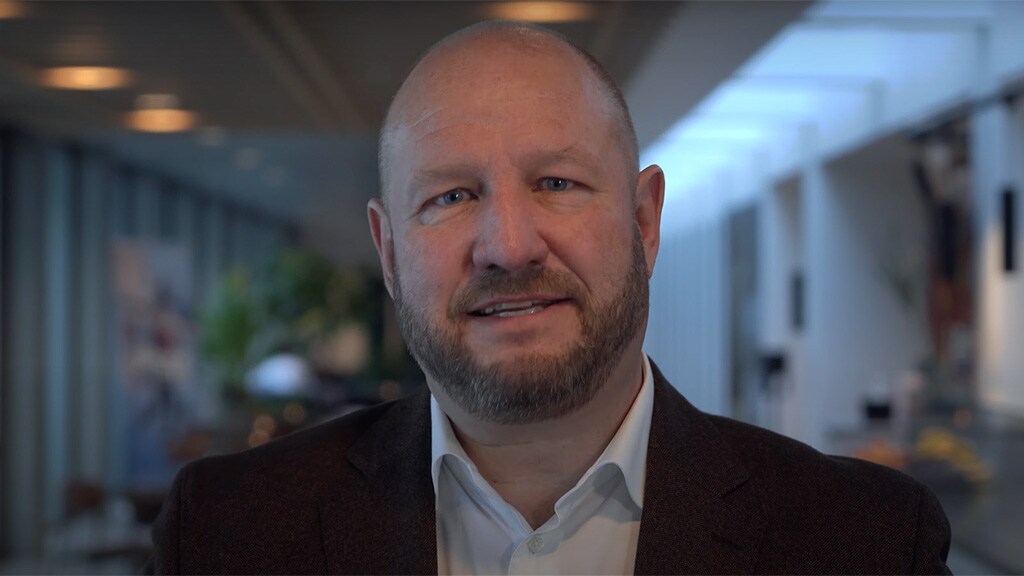The world is changing.
Across the globe, companies in international trade are facing different levels of uncertainty caused by fast shifting policies, cyber security threats, environmental concerns, and sanctions. They are left pondering how can these challenges be met and overcome.
Global value chains and international supply chain are today more integrated than ever, with commodities moving across borders multiple times during the various production cycles, and across borders worldwide. Trade is a driver of growth, job creation, social development, knowledge sharing and poverty reduction. Trade unites people, and these disruptions are complications that make trading difficult, particularly on the custom side.
The black box of customs
While we optimize supply chains up until the borders - and after them, the border itself can be a sort of “black box” for professionals in the industry. To unlock it and gain full knowledge on these processes we need to use all available digital tools. This, in combination with compliance management, will then ensure the correct compliant customs classification of goods.
Non-compliant customs preparations, or performance, can cause significant delays at the borders, and is also a major liability risk for companies.
One of the positive outcomes of the trials faced in the past 24 months, is that through crises, we have accelerated trade and customs digitalization. Despite this streamlining, it could still a be swifter process. Through the new end-to-end journey model, compliance of goods will be ensured based on competence - and with such compliance, trust is gained.
We, in the industry, also need to use and connect upgraded existing industry solutions with new open platform strategies, going digital with a range of coordinated initiatives that allow for predictable, resilient, and transparent trade corridors.
From ’just-in-time’ to ’just-in-time-and-just-in-case’
We know that with new advanced integrated products and services, it is possible to build end-to-end services that cover the entire supply chain, making value chains more ’bullet-proof’, providing increased predictability.
Businesses have shifted from the traditional “just-in-time” model and are now focused on ensuring that they have enough product nearby to meet needs in situations of delays, so they are ready “just-in-time” but also, “just-in-case”. It is about supply chain visibility, safe digital solutions, integration of data, compliance, and competence. It’s about making sure that companies can meet their customer needs, whenever and wherever, without having to jump through hurdles at customs.
A global ecosystem of trust and compliance
In the last years, we been engaged in building compliance cultures into ecosystems of trust, with Authorized Economic Operator (AEO), a partnership programme between the customs authority and the economic operators, as a base. AEO is now going digital, becoming a more cost-efficient instrument with new global and national benefits for all customers. By ensuring a streamlined process through customs, we can connect these ecosystems into trusted trade lanes, fully supported by open platform blockchain data pipelines, such as TradeLens, building the trade superhighways of the future.Anything you need, we’re here to help
I agree to receive logistics related news and marketing updates by email, phone, messaging services (e.g. WhatsApp) and other digital platforms, including but not limited to social media (e.g., LinkedIn) from A. P. Moller-Maersk and its affiliated companies (see latest company overview). I understand that I can opt out of such Maersk communications at any time by clicking the unsubscribe link. To see how we use your personal data, please read our Privacy Notification.
By completing this form, you confirm that you agree to the use of your personal data by Maersk as described in our Privacy Notification.

